Major Charles J. Loring, Jr. was born in Portland, Maine, in October 1918. Like most men at the time, he wanted to serve his country during World War II. Loring had four brothers, one of whom served in WWII and the other three served in the Korean War. In March 1942, Loring enlisted in the Aviation Cadet Program and attended flight training at Douglas, Georgia, with class 1943B, as well as at Greenville, Mississippi, and Napier Field, Alabama.
After earning his Commission and pilot wings in February 1943, Loring was assigned to the 22nd Fighter Squadron/36th Fighter Group at Losey Army Airfield, Puerto Rico. While stationed there, he flew a Curtiss P-40 Warhawk and a Bell P-39 Airacobra with the unit, flying anti-submarine patrols in the Caribbean and Panama Canal zone.
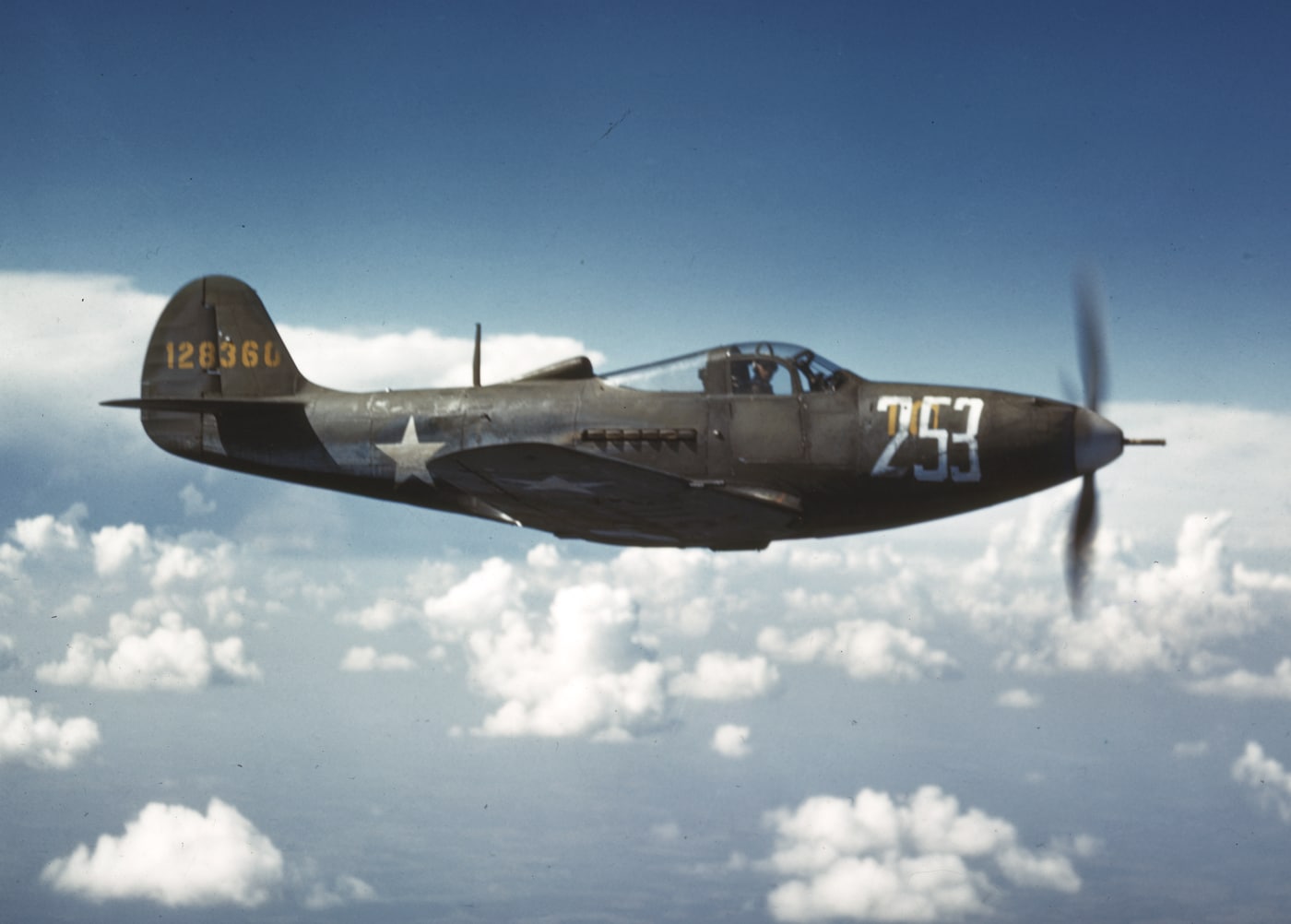
Loring’s unit was deployed to Europe and stationed at RAF Kingsnorth in Kent, England, where he completed 55 missions in the P-47 Thunderbolt and received the Distinguished Flying Cross.
Shot Down
On Christmas Eve, 1944, Lt. Loring flew his last WWII mission. Loring took off from Le Culot, Belgium, for a mission on the railyards near the Prum-Hillesheim-Nettersheim area of Germany. Loring’s initial dive bombing run was successful, but then Lt. Loring’s P-47 was hit by anti-aircraft fire as he made a strafing run. He called over the radio that his plane had been hit; he had a hole in the wing, his gun bays had been blown out, and the plane was smoking. He advised the flight he was heading west, but they could not follow.
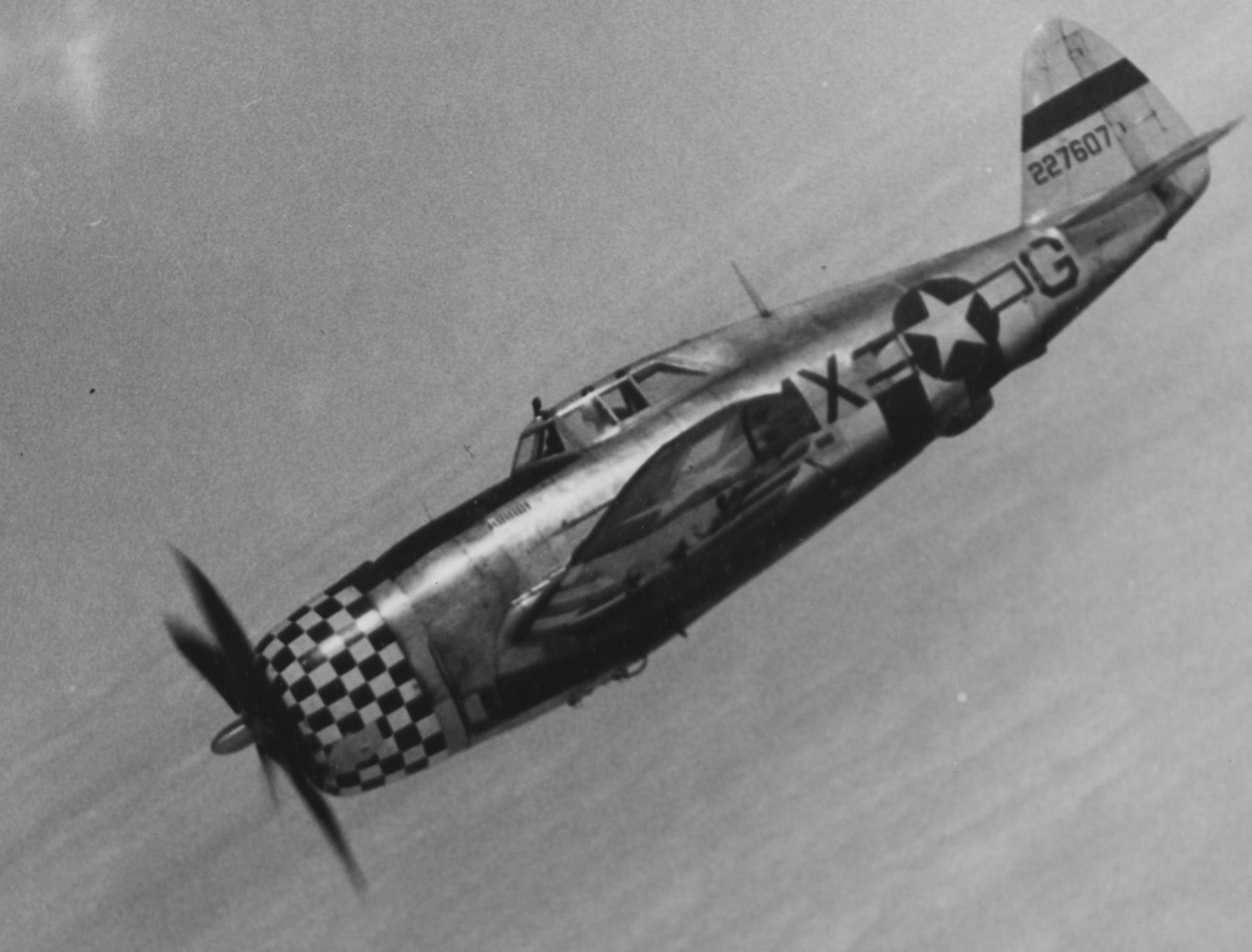
Loring bailed out near Hotton, Belgium, and was captured. He was taken to garrison hospital Hemer near Iserlohn for a checkup and then transferred to the processing/interrogation center at Oberursel, Germany. He was then transferred to Dulag Luft in Frankfurt, where he remained a prisoner of war until May 1945.
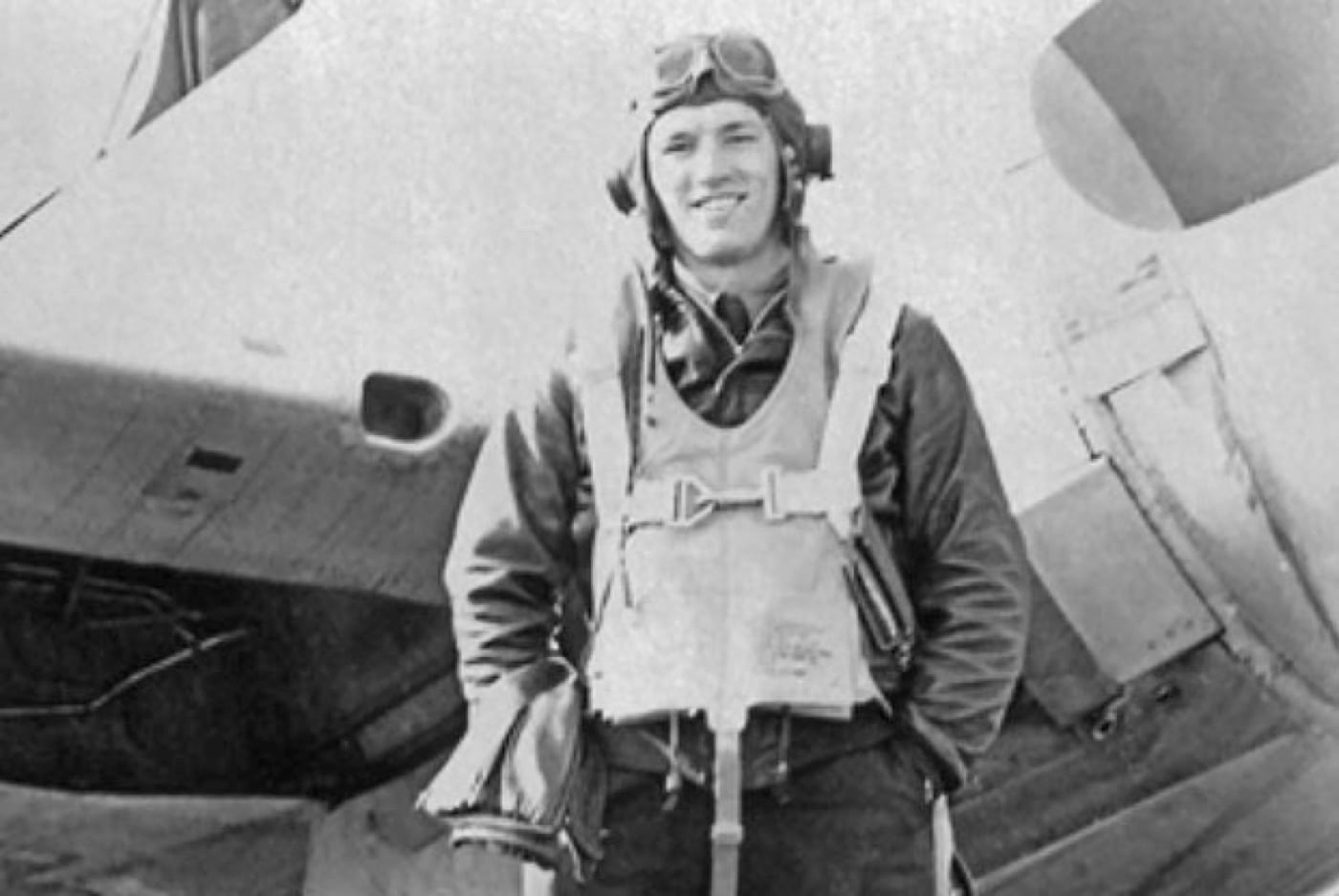
Loring returned to the U.S. and was promoted to Captain. With the war over, Loring served in Texas as a pilot and post exchange officer at Perrin field, as a Public Information Officer in Washington State, and spent two years as an instructor at the Armed Forces Information School at Carlisle Barracks, Pennsylvania.
On to Korea
In February 1952, Loring was assigned to the 8th Fighter Bomber Wing/5th Air Force to supervise training for replacement pilots before assignment to combat units.
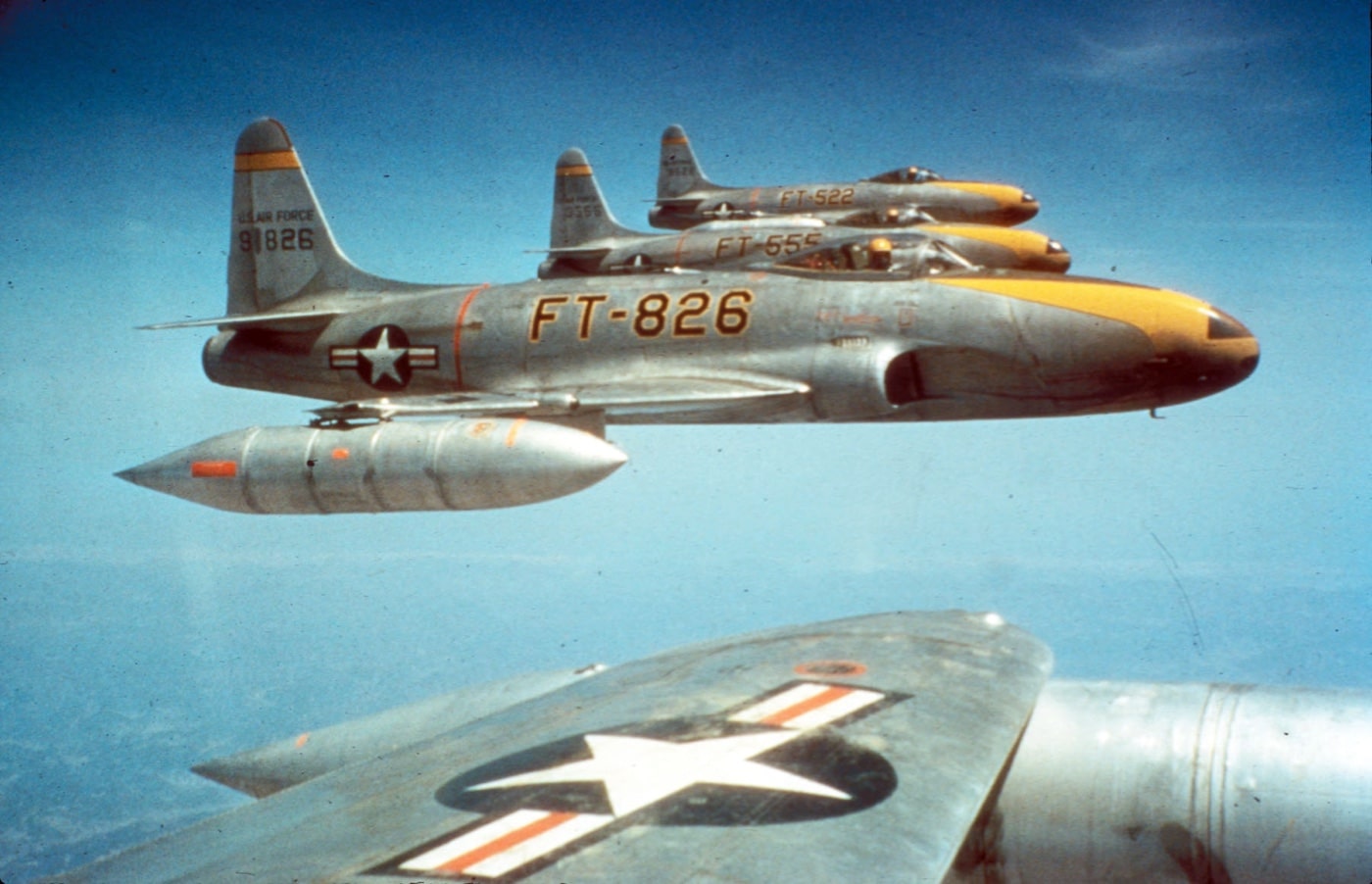
In May 1952, Loring was transferred to the 8th Fighter Bomber Wing, 36th and 80th squadrons full time as an F-80 Shooting Star pilot and squadron operations officer at Kunsan Air Base, Korea. While assigned there, Loring flew 50 combat missions in his first four months.
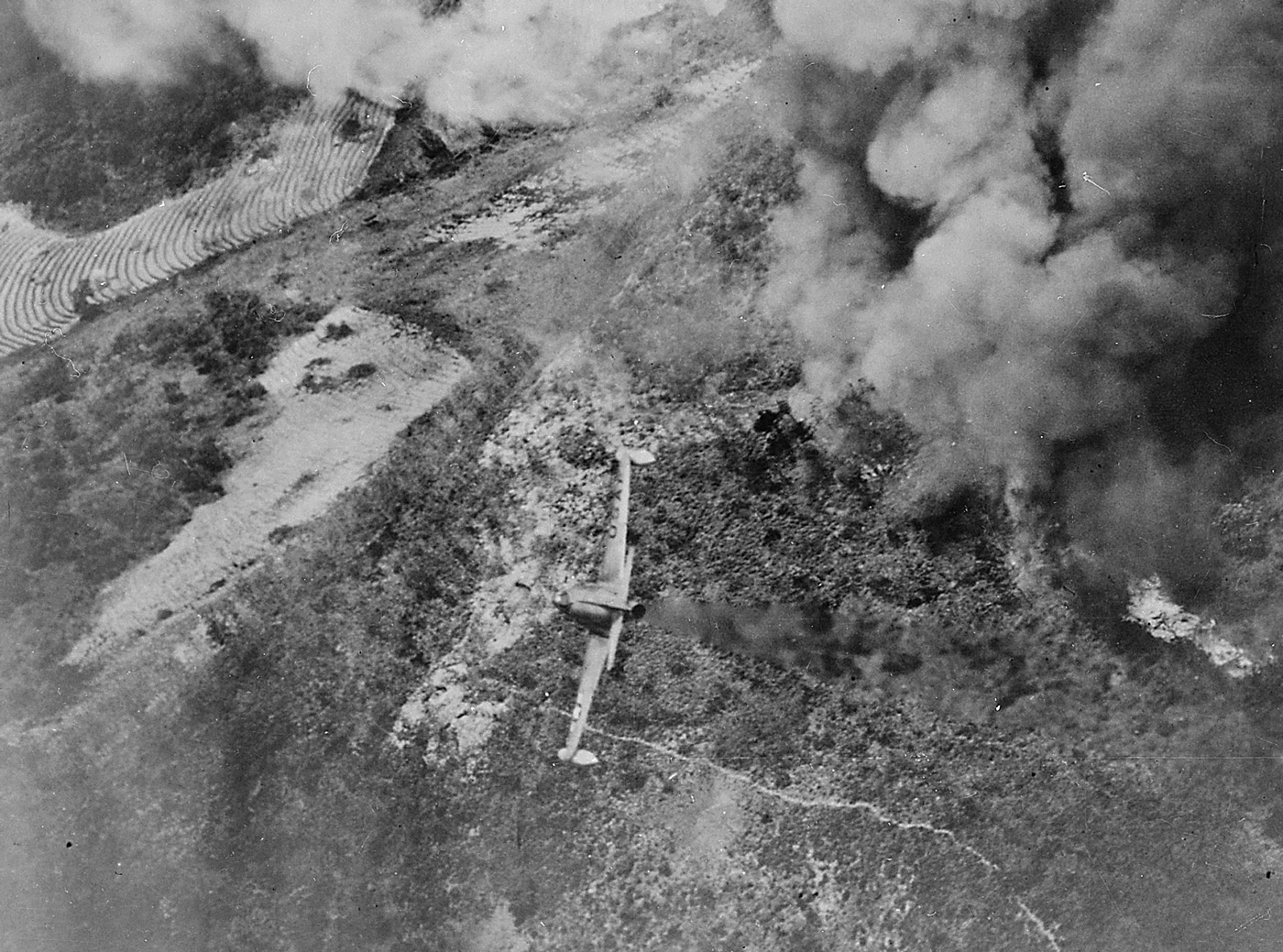
By November, the ground war in Korea came to a standstill, with both sides firmly entrenched at the 38th Parallel. United Nations forces launched Operation Showdown against two primary targets: Triangle Hill and Sniper Ridge, located northwest of Kunwha, 20 miles north of the 38th Parallel.
In November 1952, Loring was leading a flight of four F-80s on a close air support mission over Sniper Ridge, near Kunwha, North Korea, when a Forward Air Controller flying an AT-6 Texan advised of an artillery position that was harassing United Nations, ground troops. The artillery position was also being protected by a Chinese anti-aircraft battery.
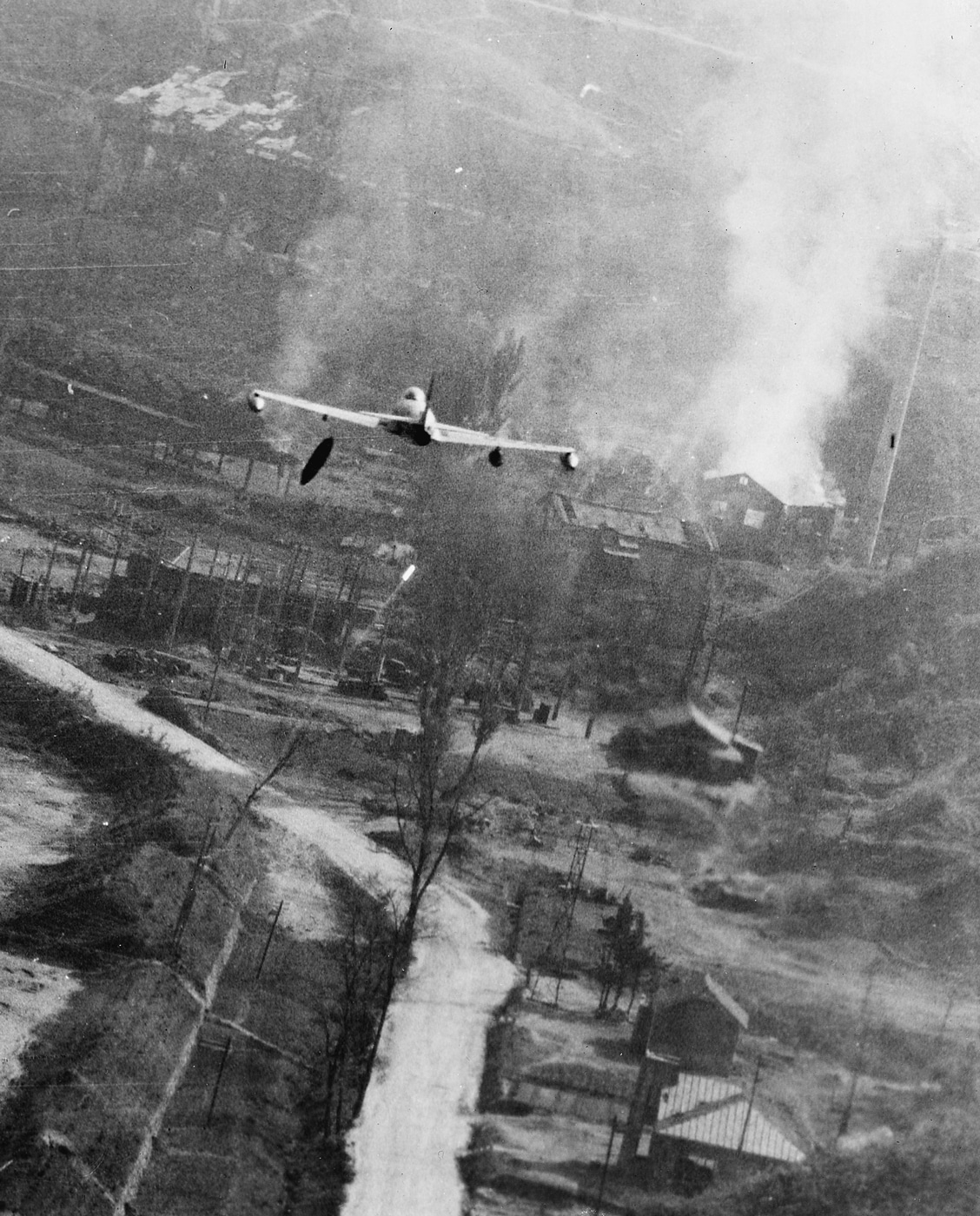
As the formation arrived on station, Major Loring confirmed the target and rolled into his bomb run. His aircraft began taking accurate ground fire from the Chinese gun crew. His F-80 took repeated hits on the nose and fuselage. His wingman advised Loring that his plane was on fire and to abort as the flight was still close to the border, giving him a chance to bail out over friendly territory. Instead of breaking off the run and attempting a return to base, Loring went radio silent, altered course approximately 45 degrees, accelerated, and steered his aircraft directly into the gun position, completely destroying it. Loring’s remains were never recovered.
Secret Medal of Honor
President Dwight D. Eisenhower awarded Loring the Medal of Honor in May 1953, but this was kept a secret by the Air Force “to protect him from enemy reprisal” if he had not died in the crash but had been captured. At the end of 1953, his status was changed from “missing in action” to “killed in action.”
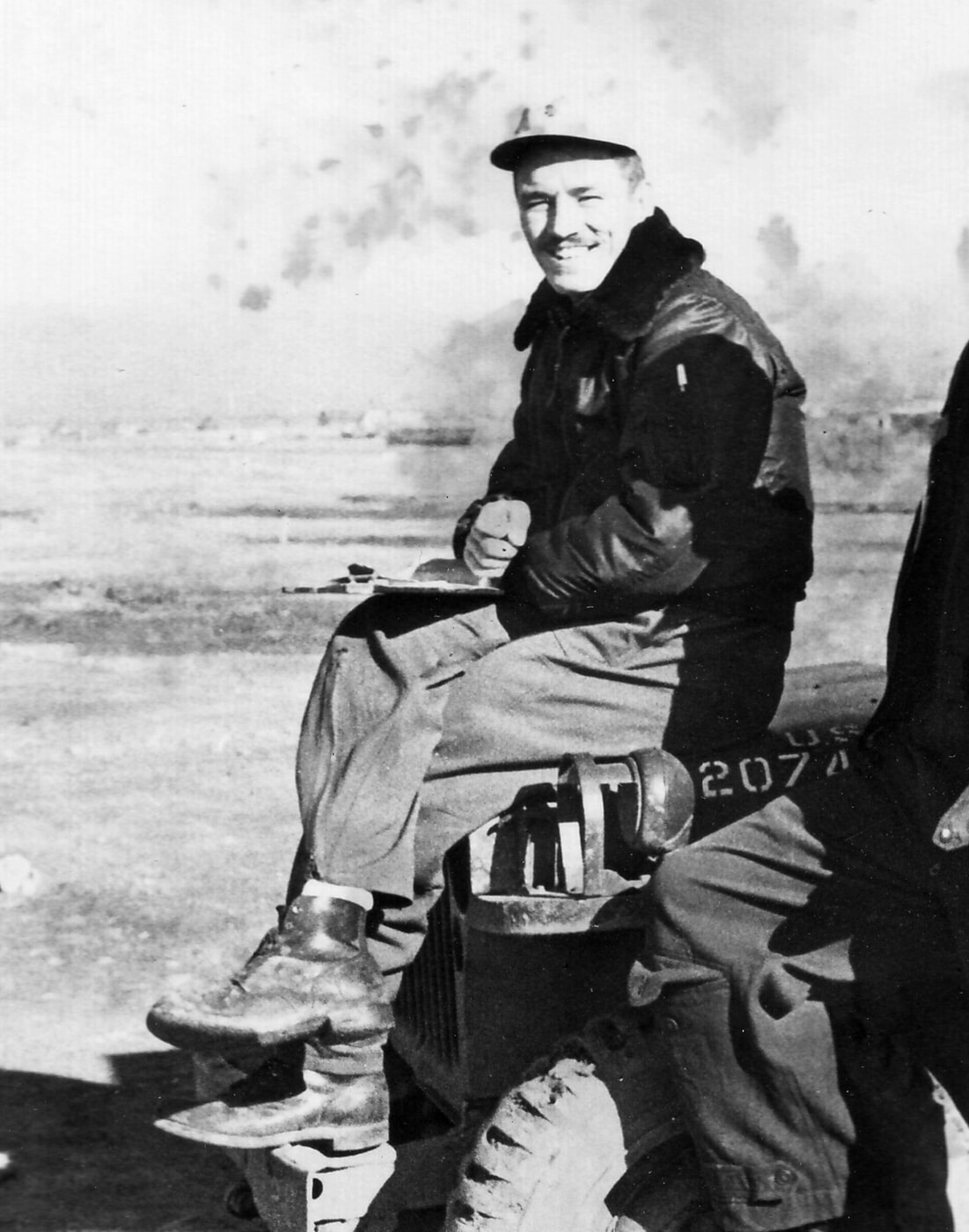
The Medal of Honor was awarded again in April 1954, but with much more fanfare. It was presented to Mrs. Loring and their two daughters, Aldor and Charlene, by Secretary of the Air Force Harold E. Talbott during a ceremony held at Bolling Air Force Base, Washington, D.C.
Medal of Honor Citation
Major Charles J. Loring, Jr., United States Air Force, a member of the 80th Fighter-Bomber Squadron, 8th Fighter-Bomber Wing, distinguished himself by conspicuous gallantry and intrepidity at the risk of his life above and beyond the call of duty near Sniper Ridge, North Korea on 22 November 1952. While leading a flight of four F-80 type aircraft on a close-support mission, Major Loring was briefed by a controller to dive-bomb enemy gun positions which were harassing friendly ground troops. After verifying the location of the target, Major Loring rolled into his dive bomb run. Throughout the run, extremely accurate ground fire was directed on his aircraft. Disregarding the accuracy and intensity of the ground fire, Major Loring aggressively continued to press the attack until his aircraft was hit. At approximately 4,000 feet, he deliberately altered his course and aimed his diving aircraft at active gun emplacements concentrated on a ridge northwest of the briefed target, turned his aircraft 45 degrees to the left, pulled up in a deliberate, controlled maneuver, and elected to sacrifice his life by diving his aircraft directly into the midst of the enemy emplacements. His selfless and heroic action completely destroyed the enemy gun emplacement and eliminated a dangerous threat to United Nations ground forces. Major Loring’s noble spirit, superlative courage, and conspicuous self-sacrifice in inflicting maximum damage on the enemy exemplified valor of the highest degree and his actions were in keeping with the finest traditions of the U.S. Air Force.
Loring AFB
In April 1947, the Department of the Army issued a directive authorizing the construction of Limestone Army Airfield. In January 1948, the name was changed to Limestone Air Force Base, and in May 1954, it was announced that the base would be renamed Loring Air Force Base in his honor.
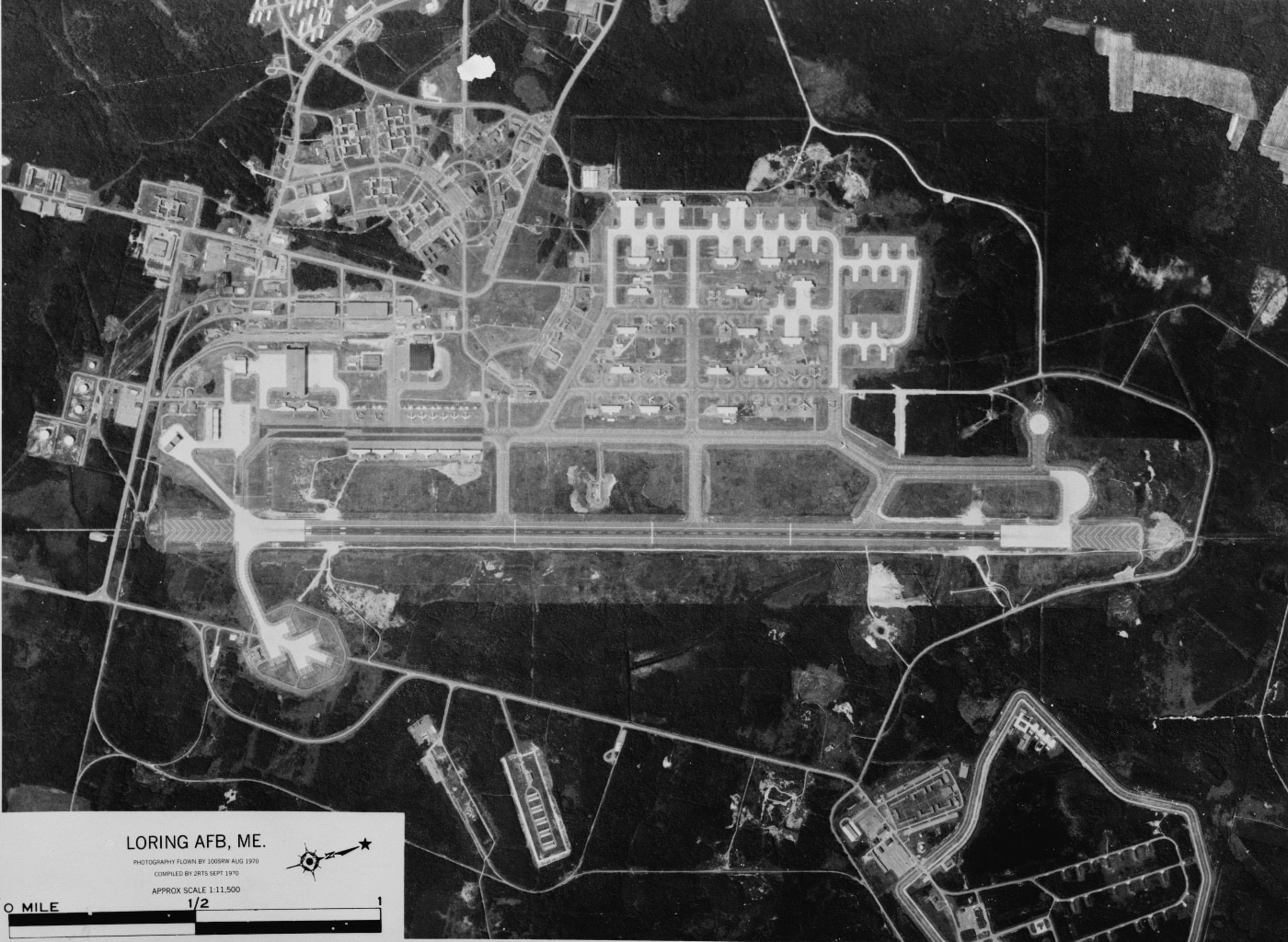
The base was closed in 1994 and now serves as Loring Commerce Centre while the airfield was renamed Loring International Airport.
Additional Honors
Loring was promoted to Major just two months before his death. In addition to the Congressional Medal of Honor, Loring received the Distinguished Flying Cross and twelve Air Medals over two years of combat in two wars. The combined enlisted/officer club at Kunsan AB, South Korea, is named in his honor.
Editor’s Note: Please be sure to check out The Armory Life Forum, where you can comment about our daily articles, as well as just talk guns and gear. Click the “Go To Forum Thread” link below to jump in!
Read the full article here

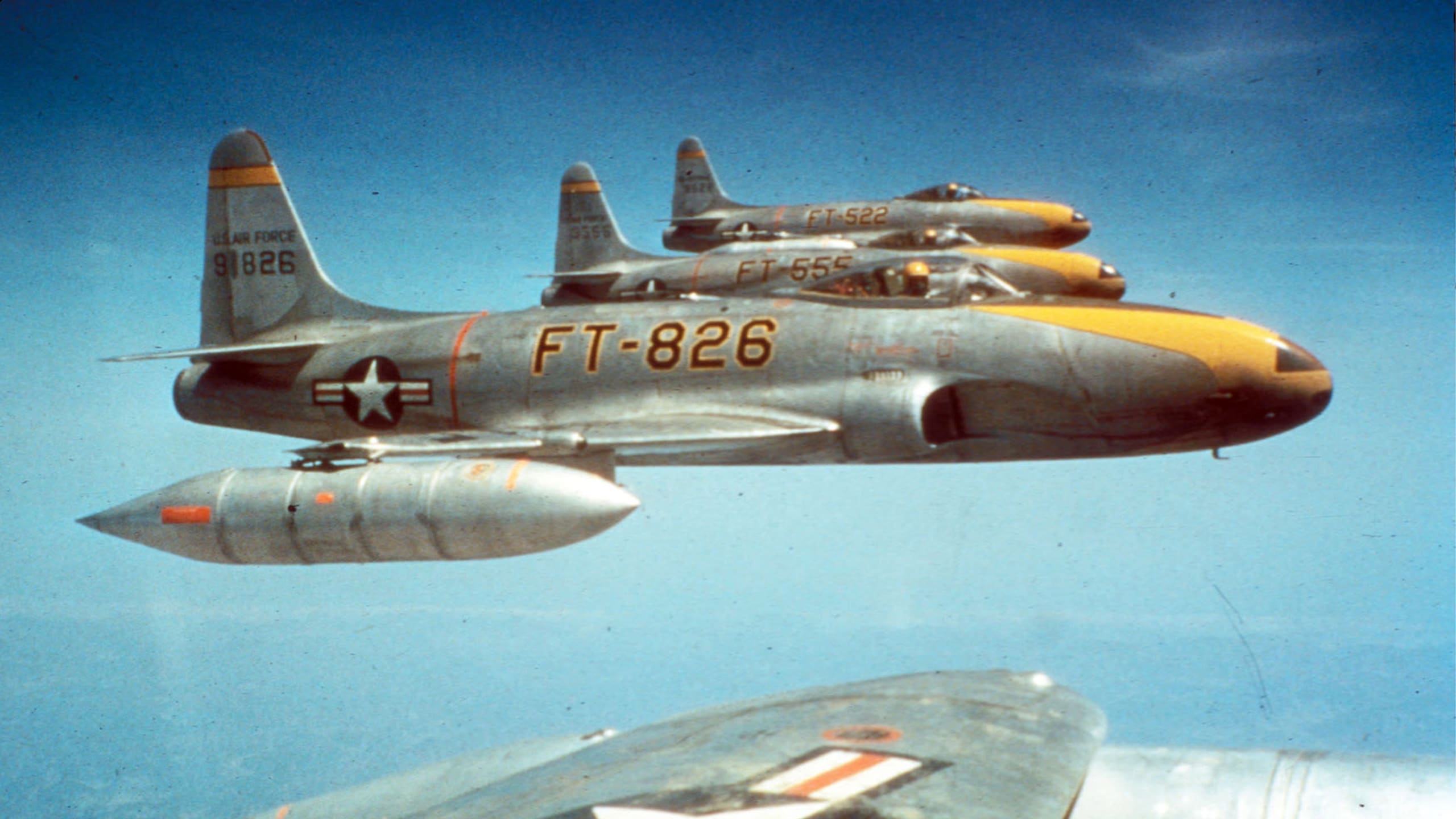
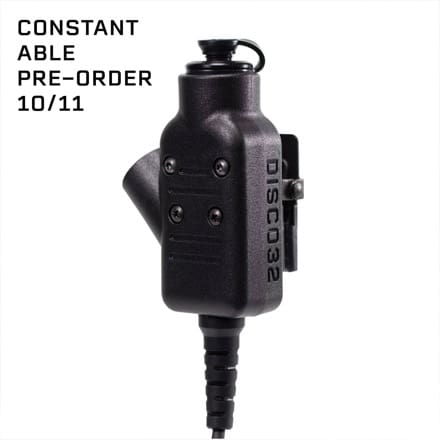

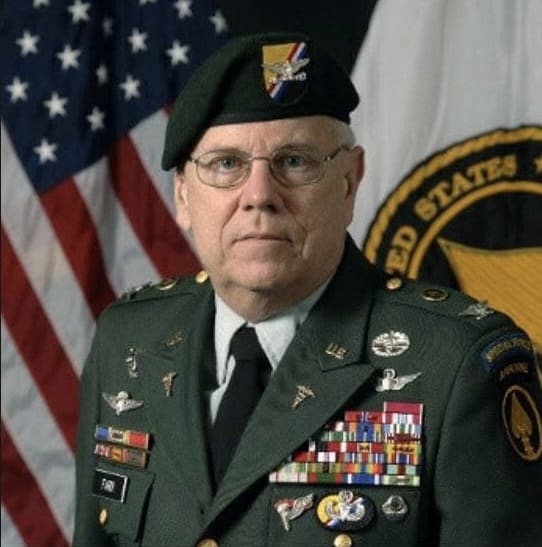

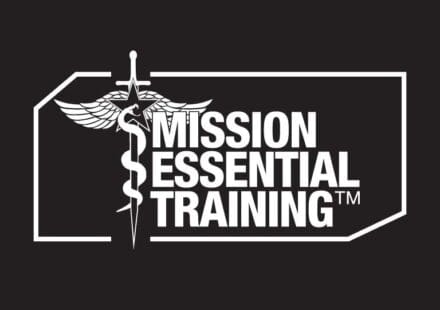
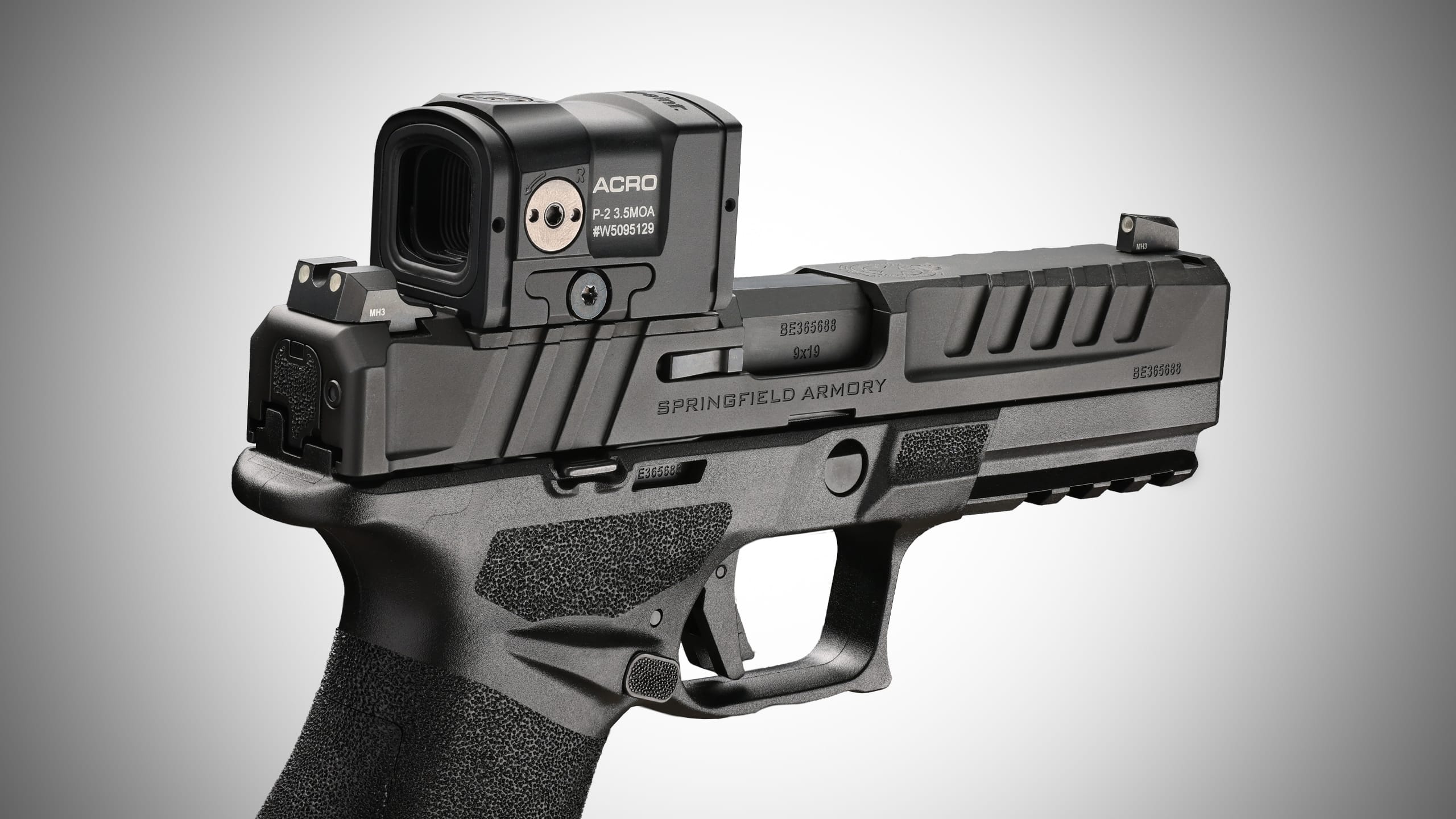
Leave a Reply